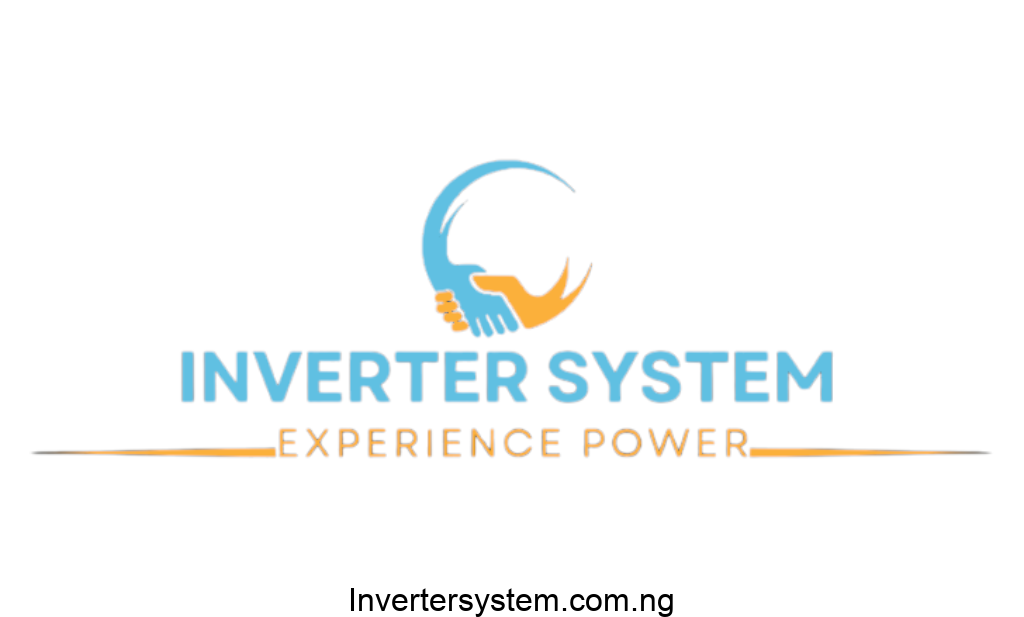Active vs Passive Solar Energy: A Comprehensive Guide

Solar energy has emerged as one of the most reliable and sustainable solutions to combat climate change and reduce dependency on fossil fuels. However, not all solar energy systems are created equal. They can be classified into two categories: active and passive solar energy systems.
While active solar systems utilize modern technology and mechanical components to capture, convert, and distribute solar energy, passive solar systems rely on strategic designs and natural processes. These distinctions make them suitable for different applications and environmental conditions.
Whether you’re planning to install a solar system or simply exploring how it works, understanding the differences between active and passive systems is crucial for making the right choice. This article focuses on these systems, covering their principles, components, advantages, disadvantages, costs, environmental impact, and practical applications.
What is Active Solar Energy?

Active solar energy systems are engineered to harness the sun’s power using mechanical and electrical components. These systems actively convert sunlight into usable energy, such as electricity or heat, which is then distributed for various applications.
How Active Solar Energy Works
Active solar systems typically rely on:
- Photovoltaic (PV) Panels: These panels convert sunlight directly into electricity using semiconductor materials like silicon.
- Solar Thermal Collectors: These capture solar heat to warm a liquid (often water or antifreeze) that is circulated via pumps to provide heating or hot water.
- Auxiliary Components: Pumps, fans, and controllers are essential for transporting energy to where it’s needed, such as a home’s electrical system or water heater.
Examples of Active Solar Energy
- Residential Solar Panels: Roof-mounted PV panels that power homes.
- Solar Water Heating Systems: Use thermal collectors to provide hot water for households or industrial use.
- Solar Pool Heating Systems: These heat swimming pools efficiently by circulating water through thermal collectors.
Active Solar Energy Diagram
A typical active solar system diagram includes solar panels or collectors linked to inverters, batteries (for storage), pumps, and distribution systems. The energy flow starts from sunlight hitting the panels and ends with the converted energy powering appliances or heating water.
What is Passive Solar Energy?

Passive solar energy systems focus on design principles to maximize the sun’s natural energy without relying on mechanical or electrical components. Instead of generating energy, passive systems aim to regulate indoor temperatures and reduce energy consumption.
How Passive Solar Energy Works
Passive systems rely on key architectural and environmental elements, such as:
- Building Orientation: South-facing windows maximize sunlight exposure in the northern hemisphere.
- Thermal Mass: Materials like concrete or stone absorb heat during the day and release it at night to maintain consistent indoor temperatures.
- Natural Ventilation: Allows for airflow to cool or heat spaces without energy input.
Examples of Passive Solar Energy
- Solar Passive House Designs: Buildings optimized for energy efficiency using sunlight.
- Greenhouses: Designed to trap heat for growing plants.
- Trombe Walls: Heat-absorbing walls that radiate warmth into a building.
- Window Placement and Overhangs: Strategic positioning to balance sunlight entry during different seasons.
Solar Passive and Active Environmental Problems
While passive systems have a smaller operational impact, their construction may involve high-carbon materials like concrete or steel. Active systems, on the other hand, face challenges such as resource extraction for PV panels and disposal issues for components like batteries.
Key Differences Between Active and Passive Solar Energy

| Feature | Active Solar Energy | Passive Solar Energy |
|---|---|---|
| System Components | PV panels, pumps, fans, controllers, and batteries. | Thermal mass, windows, building design elements. |
| Energy Conversion | Actively converts sunlight into usable energy. | Harnesses natural processes for heating or cooling. |
| Applications | Electricity generation, water heating, space heating. | Building temperature regulation, greenhouses. |
| Dependence on Design | Moderate; reliant on installed technology. | High; design determines performance. |
| Energy Storage | Batteries or thermal storage systems. | Typically none; relies on heat retention. |
| Cost | High initial and operational costs. | Low initial and operational costs. |
Advantages and Disadvantages of Active Solar Energy
Advantages:
- High Energy Output: Active systems generate large amounts of electricity or heat, making them ideal for homes, businesses, and industrial applications.
- Reliability: Functions even in low-sunlight conditions when paired with battery storage.
- Flexibility: Can be scaled for small or large installations.
Disadvantages:
- High Installation Costs: Equipment like PV panels, inverters, and thermal collectors are expensive.
- Complex Maintenance: Pumps, controllers, and batteries require regular checks and servicing.
- Environmental Impact: Manufacturing panels and batteries can have a significant ecological footprint.
Advantages and Disadvantages of Passive Solar Energy
Advantages:
- Low Cost: Relies on smart design rather than expensive technology.
- Eco-Friendly: Minimal carbon footprint during operation.
- Long-Term Savings: Reduces heating and cooling costs significantly.
Disadvantages:
- Design Dependency: Performance depends heavily on building orientation and architectural features.
- Seasonal Limitations: Effectiveness may decrease during cloudy or short winter days.
- Limited Energy Applications: Primarily suited for heating and cooling, not electricity generation.
Cost Comparison: Active vs Passive Solar Energy

Installation Costs
Active solar systems require significant upfront investment due to panels, inverters, and thermal collectors. Passive systems primarily involve design considerations, which are less costly.
Operating and Maintenance Costs
Active systems incur ongoing costs for maintaining mechanical components, while passive systems have virtually no operational expenses.
Return on Investment (ROI)
Active systems may deliver quicker ROI through energy savings, while passive systems offer lifetime savings in heating and cooling with minimal maintenance.
How Solar Passive and Active Power is Generated
- Active Systems: Convert sunlight into electricity or heat using panels, inverters, and pumps.
- Passive Systems: Leverage natural sunlight for space heating, cooling, and lighting, without converting energy into another form.
Active vs Passive Solar Energy in APES
In AP Environmental Science (APES), understanding these systems helps students appreciate sustainable energy solutions and their role in reducing greenhouse gas emissions. Topics like resource efficiency, system design, and environmental impact are emphasized.
Environmental Impact of Active and Passive Solar Energy

Active systems have a larger manufacturing footprint due to the extraction of raw materials for panels and batteries. Passive systems, while eco-friendly in operation, may require high-impact materials like steel and concrete during construction. Both systems help mitigate climate change by reducing reliance on fossil fuels.
Conclusion
Active and passive solar energy systems both play essential roles in the global transition to renewable energy. Active systems are well-suited for high-output energy needs, while passive systems excel in cost-effective and sustainable building design.
Now that you have a clear understanding of their principles, applications, and impacts, consider which system aligns with your goals. Whether investing in advanced technology or integrating natural energy strategies, choosing solar energy supports a cleaner, greener future. Explore your options today and join the movement toward sustainability!





